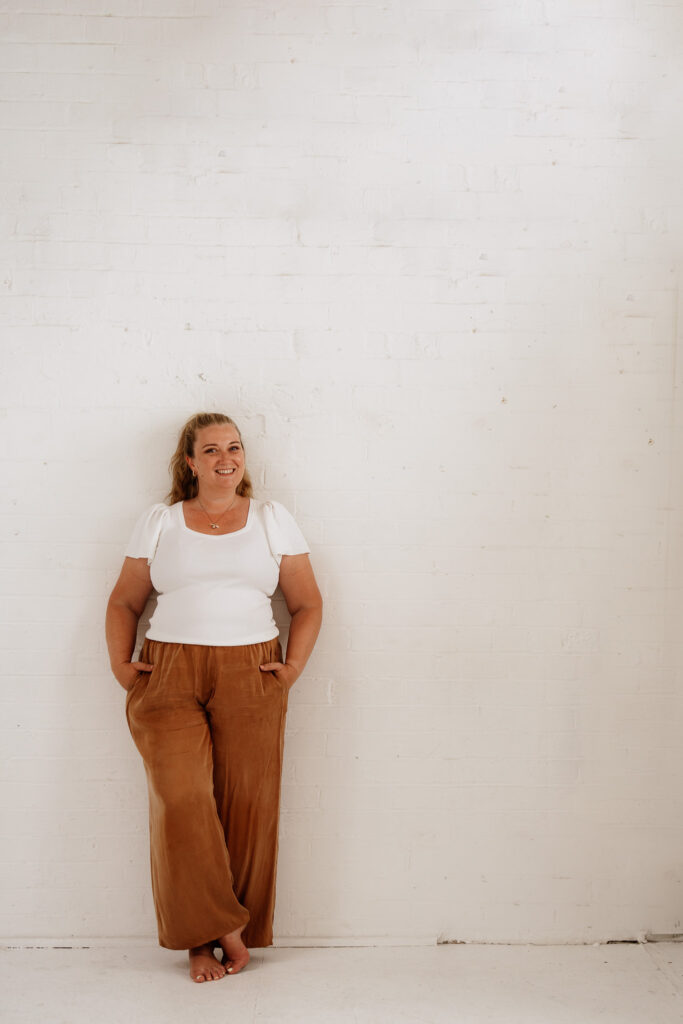Increasing your Hourly Rate – a guide for photographers
March 10, 2024
When I was a lawyer, I was required to track every 6 minutes of my work day.
Yep. You read that right. Our time was billed in 0.1 hour blocks, along with a detailed ‘narrative’ explaining to our clients exactly what we were doing in those 6 minutes so that they could go through their bills with a fine toothed comb and decide whether or not they were satisfied enough to pay for those minutes.
We had a little clock in the bottom right hand corner of our screen. You’d click it on and off as you switched from one client’s problem to another, like a grand master in a chess tournament, not missing a second. Occasionally, you’d forget to pause it when you made a cuppa or nipped to the loo, and then, when you realised, you’d have to do a delicate dance of correcting your timer without over- or under- estimating the amount of time you’d actually been away from your desk.
It was as exhausting as it sounds.



Before becoming a family photographer, I spent 12 years as a solicitor in ‘top-tier’ law firms in London and Sydney. And while I don’t miss it one bit, that life taught me a lot of lessons that stand me in excellent stead for my business now.
Because, just like lawyers, we photographers sell our time.
But unlike lawyers, we are often very VERY bad at valuing our time.
Maybe you’ve done a lot of market research to determine the appropriate rate for your services. And you’ve probably run your cost of doing business once or twice.
Have you ever actually considered your hourly rate?
There’s a statistic flying around which says that for every one hour spent shooting, photographers do on average NINE additional hours of work.

When you factor in the client-specific admin
(responding to leads, following up, answering questions, phone calls about the weather, styling consultations, rescheduling, travel, editing, uploading galleries, dealing with print orders…)
plus all the work we all need to do ON our businesses to attract those enquiries in the first place
(social media, website, email marketing, prep guides, workshops and up-skilling, to name just a few)
then the statistic is probably true. Which begs the question…
…are you charging enough?
Let’s do a quick calculation right now:
- Take your lowest package (because you should never base a budget on your best case scenario).
- If that shoot takes longer than one hour, divide it by the number of hours you spend shooting.
- Deduct your cost of doing business (either divide your annual CODB by the number of shoots you do each year… or call it 15% for ease!).
- Deduct 10% if you’re liable for GST.
- Whatever’s left, divide it by 10 hours. There’s your hourly rate… but it’s before tax.
- So take off another 40% – that’s 30% for income tax and 10% for super (yes, you really, really should be paying into your super).
If you’re left with a number that makes you feel deflated, then
You’re not alone.
But instead of increasing your prices in a panic, I want you to look at decreasing your hours spent per client. Less hours spent per client equals a higher hourly rate. And saving time on the back end will also enable you to take on more bookings.
It’s the quickest route to a pay rise, my friends.



And it really is so simple. Here are just a few ways you could do it:
- Use AI editing and culling software like Imagen AI to dramatically reduce your post-production time.
- Streamline and automate your client journey inside a CRM like StudioNinja – get 50% off your first year with code TOGHUB
- Batch your marketing content. Write one blog, and repurpose that copy into 5+ social posts and an email to your mailing list. We love Flodesk for monthly emails – get 50% off your first year with code XNP3XW
- Target your repeat client base. They take less time and energy to convert, and require less hand-holding throughout the process too.
- Use drop-shipping options in your gallery shop to deliver prints to clients. We love PicTime – get 1 month free with code VQZLED
Want more ideas on how to maximise your time?
Join us at Your Business Boost – the Masterclass where we heard from mindset coaches, instagram growth experts, creative coaches, and industry leaders in this incredible one day in-person event. You can get all of the replays online for only $94. And I’ll throw in all the replays from our 2023 event absolutely FREE. Grab your online ticket here
This blog was first published in Gallery lane Magazine in February 2024
A community for photographers of all levels to connect and grow successful, sustainable and joyful businesses.
Website terms of use here
Our privacy policy here